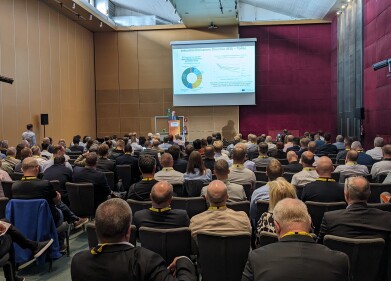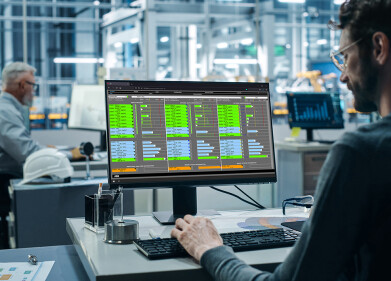Air monitoring
EU Atmospheric Research Airship PEGASOS Takes Off
May 04 2012
European climate (Belgium) scientists today began a mission to investigate the relationship between atmospheric chemistry and climate change above the skies of Europe. The EU-funded research project PEGASOS (Pan-European Gas AeroSOl Climate Interaction Study) involves twenty-six partners from twelve EU member states and Israel, Switzerland and Norway. Over 20 weeks, the PEGASOS team will fly an airship across Germany, the Netherlands, Denmark, Sweden, Finland, Austria, Slovenia, Italy and France to analyse the chemistry of the air. The project's findings are expected to provide a sound scientific basis to better fight climate change and improve air quality in Europe.
European Research, Innovation and Science Commissioner Máire Geoghegan-Quinn said: "According to the European Environmental Agency, the health and environmental cost of air pollutants released every year in Europe exceeds €100 billion. EU-funded research such as PEGASOS will give us better understanding of the issue and provide a valuable contribution to the review of EU air policies due in 2013".
The PEGASOS project will investigate the impacts of European air pollution on climate change and vice versa by combining field measurements with state of the art atmospheric and climate models. Thanks to the airship's unique flight characteristics, the scientists will have an unprecedented view of how pollution is distributed in the lowest one or two kilometres of the atmosphere. It is in this layer that most pollutants emitted on the ground react with other atmospheric actors. Carrying measuring equipment weighing more than 1 tonne, the airship will be able to hover at this altitude, ascend and descend vertically, and fly for up to 24 hours at a time.
During their mission, the scientists will focus on hydroxyl radicals (OH radicals) and minute aerosols, which exert a major impact on climate and health. Hydroxyl radicals are sometimes called “detergents of the atmosphere” since they trigger the degradation of pollutants. Data on their formation and their contribution to climatic processes are expected to provide researchers with new insights, for instance on how the atmosphere cleanses itself. This will feed into the review of EU air policies due in 2013 and the work of the United Nations Intergovernmental Panel on Climate Change.
After months of preparation and equipment testing, the project was launched at a ceremony at the airship's home base in Friedrichshafen in southern Germany. During its first mission, starting May 14, the airship will travel north to Rotterdam, in the Netherlands, to take measurements in the region until May 27. Beginning in June, the airship will take the east route around the Alps to Italy, where measurements will be taken in the Po Valley and above the Adriatic. On the return flight, the Zeppelin will take the west route around the Alps via France. Finally, in April 2013, the atmospheric researchers will set out on another two-month mission over northern Europe to Hyytiälä in Finland. Both the mission routes and the measuring locations have been coordinated with existing ground measuring stations. In this way, researchers can directly compare data from the flight with stationary measurements.
Digital Edition
AET 28.4 Oct/Nov 2024
November 2024
Gas Detection - Go from lagging to leading: why investment in gas detection makes sense Air Monitoring - Swirl and vortex meters will aid green hydrogen production - Beyond the Stack: Emi...
View all digital editions
Events
Jan 12 2025 Abu Dhabi, UAE
Jan 14 2025 Abu Dhabi, UAE
Jan 20 2025 San Diego, CA, USA
Carrefour des Gestions Locales de L'eau
Jan 22 2025 Rennes, France
Safety, Health & Wellbeing LIVE
Jan 22 2025 Manchester, UK



















